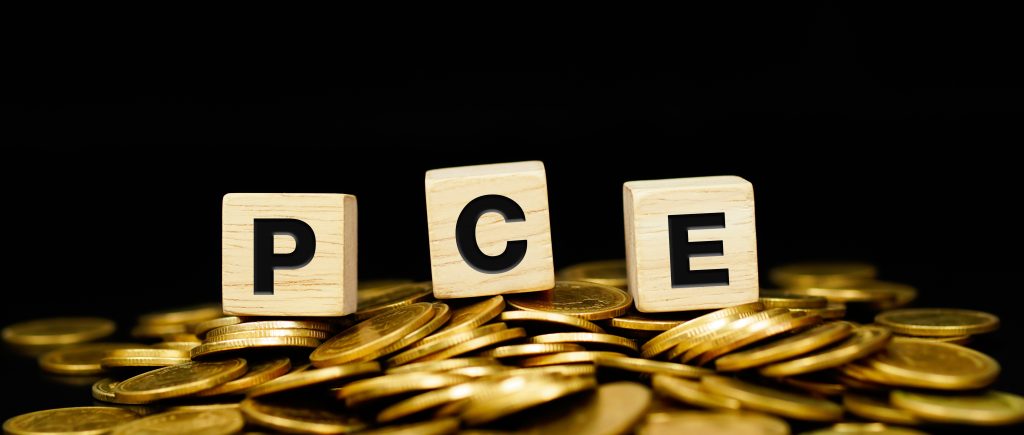Gold prices surged 1.01% on Friday, supported by lower US Treasury yields amid growing optimism for an interest rate cut by the Fed in September after data showed US prices rose modestly in June.
Spot gold was up about 1.01% to $2,389.71 per ounce, after hitting its lowest since July 9 on Thursday. US gold futures for August delivery rose 1.4% to $2,386.
Today’s weaker US data suggests inflationary pressures and economic activity are waning, paving the way for the Fed to cut rates twice this year, according to analysts.
Fed policymakers on Friday got fresh evidence, from the PCE Index figures, of progress on their battle against inflation, fueling expectations they will use their meeting next week to signal interest-rate cuts starting in September.
Lower interest rates reduce the opportunity cost of holding non-yielding precious metal.
The personal consumption expenditures (PCE) price index nudged up 0.1% last month after being unchanged in May, the US Commerce Department’s Bureau of Economic Analysis said.
Following the data, benchmark 10-year note yields fell to a one-week low.
Meanwhile, physical demand in India, the second-largest consumer, received a boost as the country slashed import duties on gold and silver earlier this week. Gold premiums in India jumped to their highest level in a decade this week as well.
India and China are expected to see a divergence in gold demand in 2024’s H2, as the Indian government announced plans to reduce its import tax on gold and silver from 15% to 6%. This move is expected to boost domestic value addition in gold and precious metal jewelry, and is seen as a move in the right direction.
That the drop in import taxes will level the playing field in India’s gold market and reduce smuggling. Chinese demand is also expected to slow down, following unprecedented consumption at the start of the year. Analysts at BMO Capital Markets note that Chinese gold imports plunged last month to the lowest level in over two years, resulting in Shanghai spot prices falling to a rare discount to the international benchmark. The People’s Bank of China did not increase its gold reserves in May and June, ending an 18-month shopping spree.
While China’s central bank is expected to continue its gold purchase program, retail demand could prove to be more challenging. Analysts believe that the PBOC will return to the market in the coming months to shore up its bullion reserves, but it may take time for the wider consumer base to adapt to a new higher gold price.
Any uptick that we see from India or China tends to have an outside effect on overall demand. The move to reduce the duty (in India) can only have a positive effect on demand.

 Noor Trends News, Technical Analysis, Educational Tools and Recommendations
Noor Trends News, Technical Analysis, Educational Tools and Recommendations




